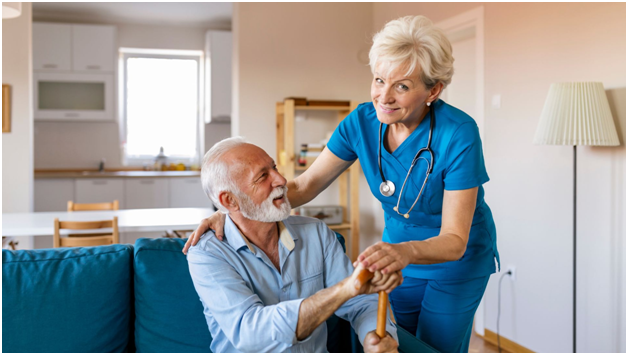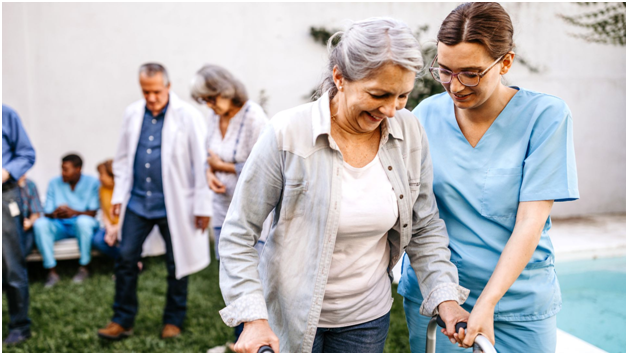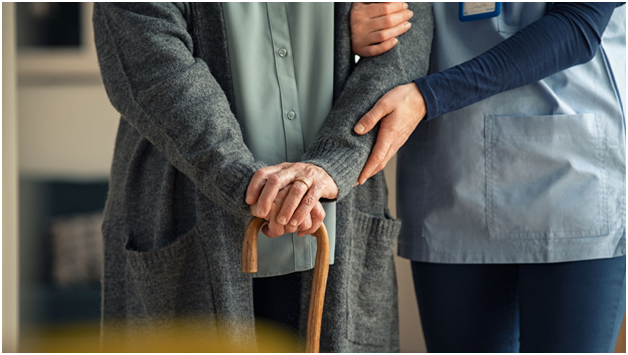
Perhaps you are interested in becoming a certified nursing assistant. Or you are already enrolled in a CNA program and you are asking What does a CNA do? Well, you won’t know until your first assignment. Before then, we can show you what a typical day as a CNA looks like.
Depending on where they are posted to, CNAs can work in the hospital, nursing homes, medical offices or even at patients’ homes. Depending on these places, a typical day in the life of a CNA will vary.
For instance, there are more elderly people in need of personal assistance in nursing homes than in medical offices. As such, tasks like keeping personal hygiene and going through daily functions will be more in nursing homes.
While a cna plus practice test will prepare you for the exams, having a glimpse of what it is to perform in the role will prepare your mind for it. Therefore, we have described what life as a CNA looks like in these different places.
Getting a Certified Nursing Assistant Certification
To get a certified nursing assistant certification, you will have to undergo the necessary training and pass the test. Achieving your dream of becoming a CNA will depend on your passing the exams. Practicing beforehand will help you prepare appropriately.
There are free CNA practice test with answers that will prepare you for the written exam as well as the clinical skill test. The exam is meant to test your theoretical medical knowledge as well as your practical skills.
A Typical Day as a CNA in Different Places
As a CNA, you may work in a nursing home, medical office, or in-home. We have zoomed in on what a typical day as a CNA is to give you a clear idea of what awaits you when you get an assignment:
1. In a Nursing Home

A nursing home has more elderly people in need of personal care. As such, most certified nursing assistants work in these facilities. A typical day will begin around 7 a.m. when the CNA starts a morning shift and the major duties will include:
- Getting patients’ briefings. The nurse on duty will give the CNA a briefing on each patient. This includes their medical conditions, medication, food types, and other necessary information the CNA needs to know to serve the patient appropriately.
- Serving The CNA will serve the patients’ breakfast. He or she will help in feeding the patients who need help with eating.
- Cleaning up the space after breakfast. The patients are not expected to do anything, especially those with fine motor challenges.
- Assisting patients with personal hygiene. The CNA helps the patients with taking their bath and getting dressed. Some patients need minimal assistance in this aspect but some will need more help with grooming.
- Escorting patients to the lounge where they will meet other people. Most nursing homes have activity centers or lounges where patients hang out.
- Serving lunch patients lunch and helping them with medications when they are back from the lounge.
- Setting them up for siesta.
- Making notes on the health status of the patients, noting their performances and improvements.
- And cleaning up the patients’ room and ensuring everything is tidy.
2. In a Medical office or Hospital
If you have asked yourself what do CNA do in hospitals, here’s the answer. In a medical office or hospital, CNAs care for patients under the supervision of nurses.
They do not carry out major medical procedures but they are responsible for some medical processes. A typical day for a CNA in the hospital or medical office will include:
- Taking patients’ vitals. This includes their pulse, temperature, and respiration. They will also measure their blood pressure.
- Help patients with mobility problems with morning self care routines, including bathing, brushing, and eating.
- Help with patients’ movement around the hospital.
- Collect patients samples, like urine and blood.
- Administer medication to patients. The nurses or doctors on duty will prescribe medications for patients, and the CNAs will be responsible for ensuring that patients take their medicines accordingly.
- Ensure patients stay hygienic. Also, clean their space to maintain hygiene.
- Sometimes, CNAs can assist patients with making phone calls and responding to emails.
- CNAs may need to have conversations with others to keep them happy. This is not a major responsibility but the CNAs try to keep their patient ‘s day going well by having small talks with them where necessary.
3. At a Patient’s Home

A typical day for in-home CNAs will include:
- Helping patients with personal hygiene like bathing, brushing and grooming, if they need the assistance.
- Making meals for patients and ensuring they eat healthy according to the medical recommendations.
- Administer treatment to patients. This can include giving them their medications as prescribed, dressing wounds and taking their vitals.
- Maintain medical equipment and ensure they are working at optimal level always.
- Keep patients’ homes tidy. CNAs will make the bed, clean the floor and ensure the environment is neat and tidy.
- Ensure patients are always safe. This includes removing obstacles from their ways, ensuring nothing is out of place that can harm them.
- Keep patients’ medical records. This includes taking notes of their eating, sleeping, physical activity, and general health. The medical records will depend on the health condition of the patient and they have to be up to date always.
- Take patients for outdoor activities. If the patient needs to go on errands, occasions, or just socialize within their neighborhoods, CNAs are expected to accompany them.
- Enlighten family members of special care for patients at the absence of the CNA.
Conclusion
To become a CNA, you will have to take the training and pass the exam. There is cna practice test free of charge that will prepare you for the exams.
In addition to this, we have described what a typical day as a CNA looks like. This will give you a clear idea on what you will be doing when you do get a job assignment, whether in a nursing home, medical office, or in-home.